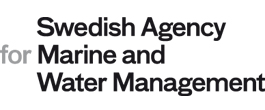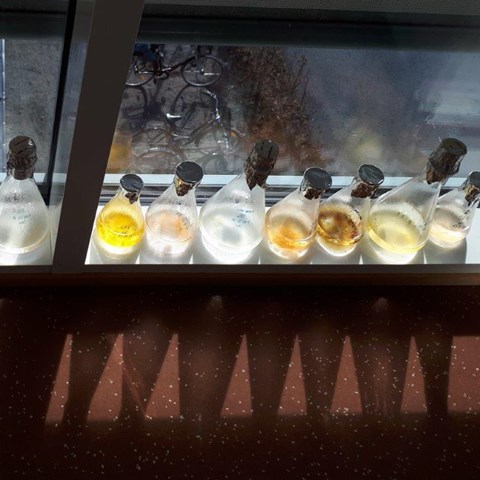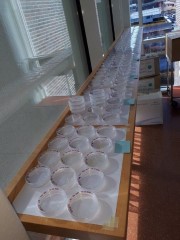Facts:
The project is funded by the Swedish Environmental Protection Agency´s Research Grant in collaboration with the Swedish Agency for Marine and Water Management.



DNA can be used to identify freshwater organisms in a lakes or stream using only a water sample. DNA-based assessment methods can provide better insight into the taxonomy of aquatic organisms and increase cost-efficiency of biological monitoring.
The ultimate aim of FRESHBAR is to establish DNA-barcoding techniques in operative national monitoring and improve assessment of biodiversity human-induced stress on freshwater ecosystems. However, several challenges remain before DNA-based methods can be operational in environmental monitoring. One of them is to improve barcode libraries. The barcode is a portion of a specific gene used to identify species, and the library contains information on which barcodes belongs to which species. FRESHBAR aims at improving reference databases by generating many new species’ barcodes.
In FRESHBAR, different molecular methods will also be compared, to resolve taxonomic uncertainties of closely related species.
FRESHBAR research is conducted in two workpackages in cooperation with national and international partners, including the former COST network DNAqua-Net, and ongoing SLU research project such as DNA barcoding of benthic diatoms. Maria Kahlert (SLU) and Jonas Zimmermann (Freie Universität Berlin, Germany) are responsible for WP1 on diatoms, Willem Goedkoop and Richard Johnson (SLU) for WP2 on invertebrates.

The project is funded by the Swedish Environmental Protection Agency´s Research Grant in collaboration with the Swedish Agency for Marine and Water Management.

